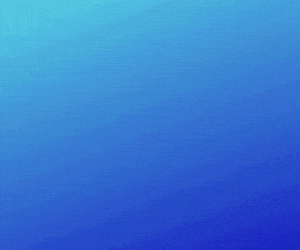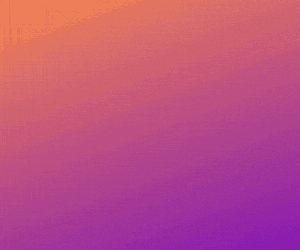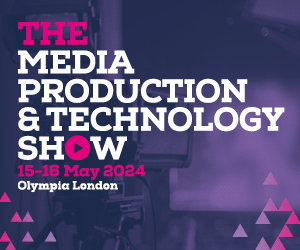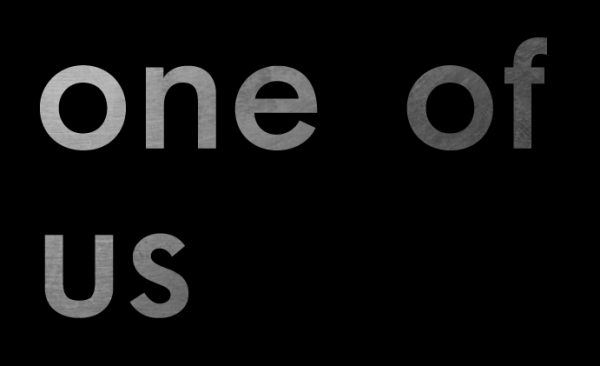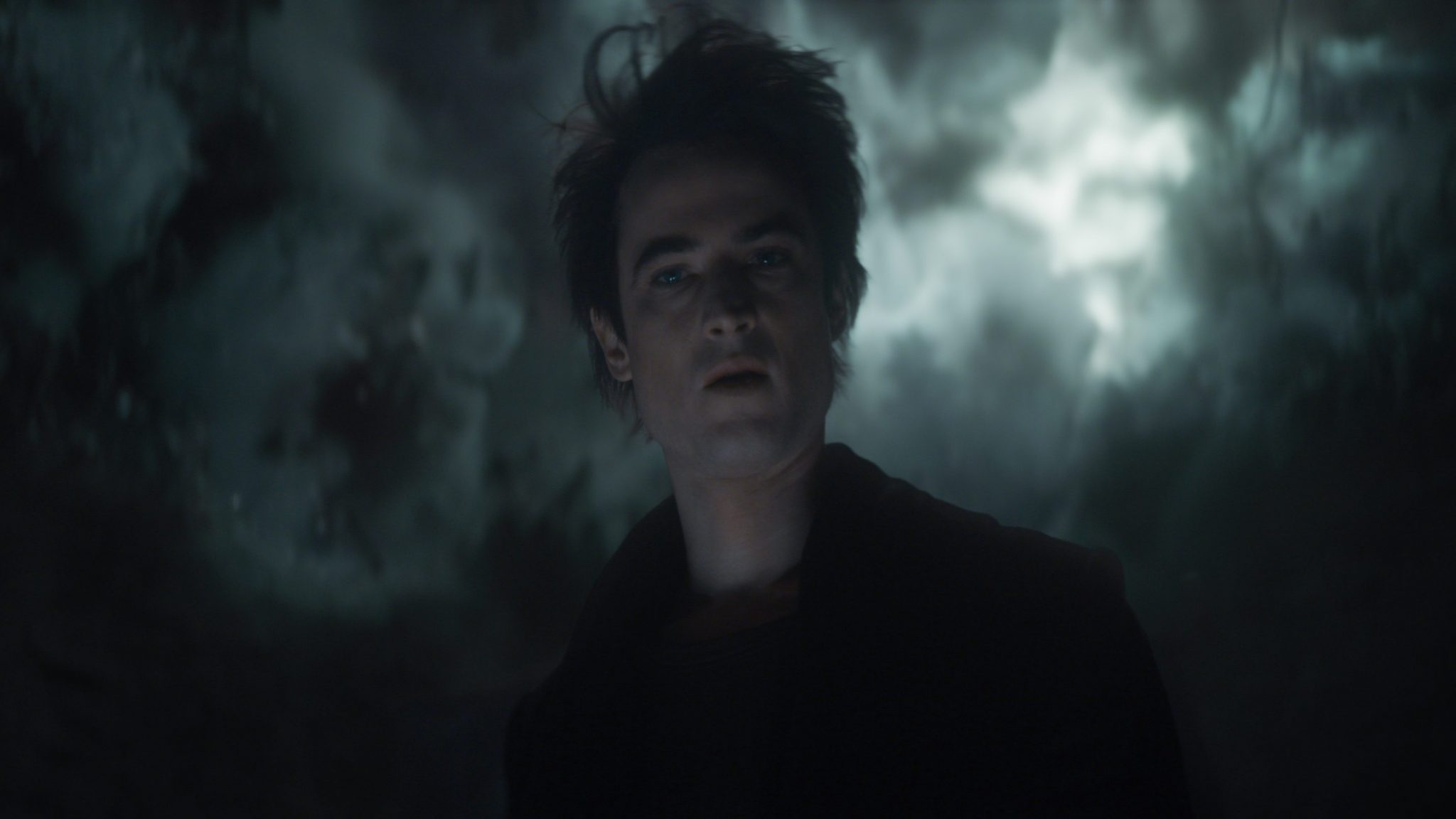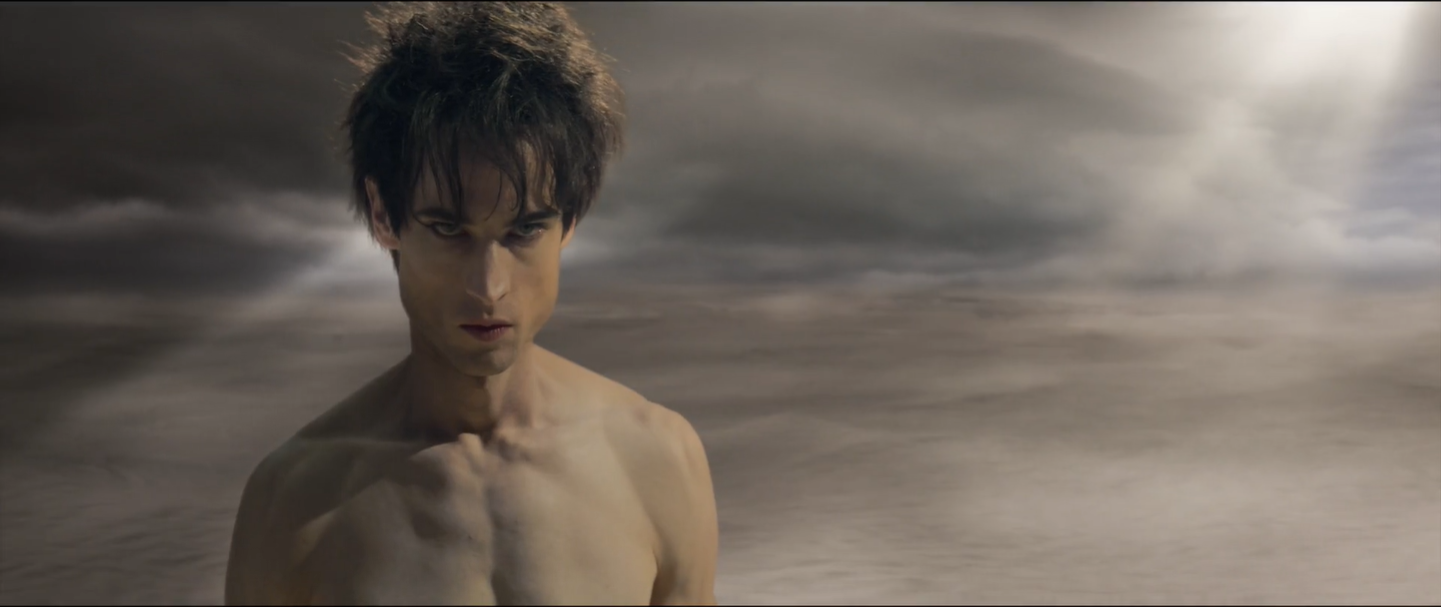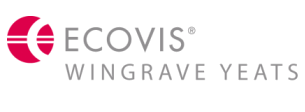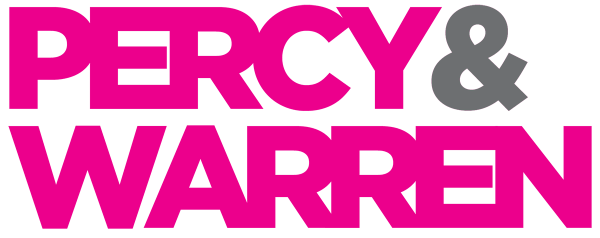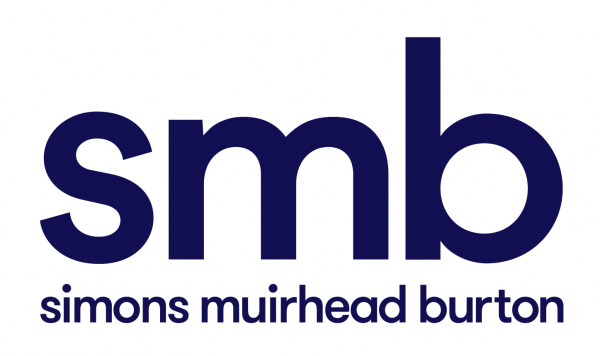One of Us’ VFX Supervisor, Robin Ashworth-Cape, takes us through the studio’s work on the superhero film based on the eponymous DC character, directed by Andy Muschietti.
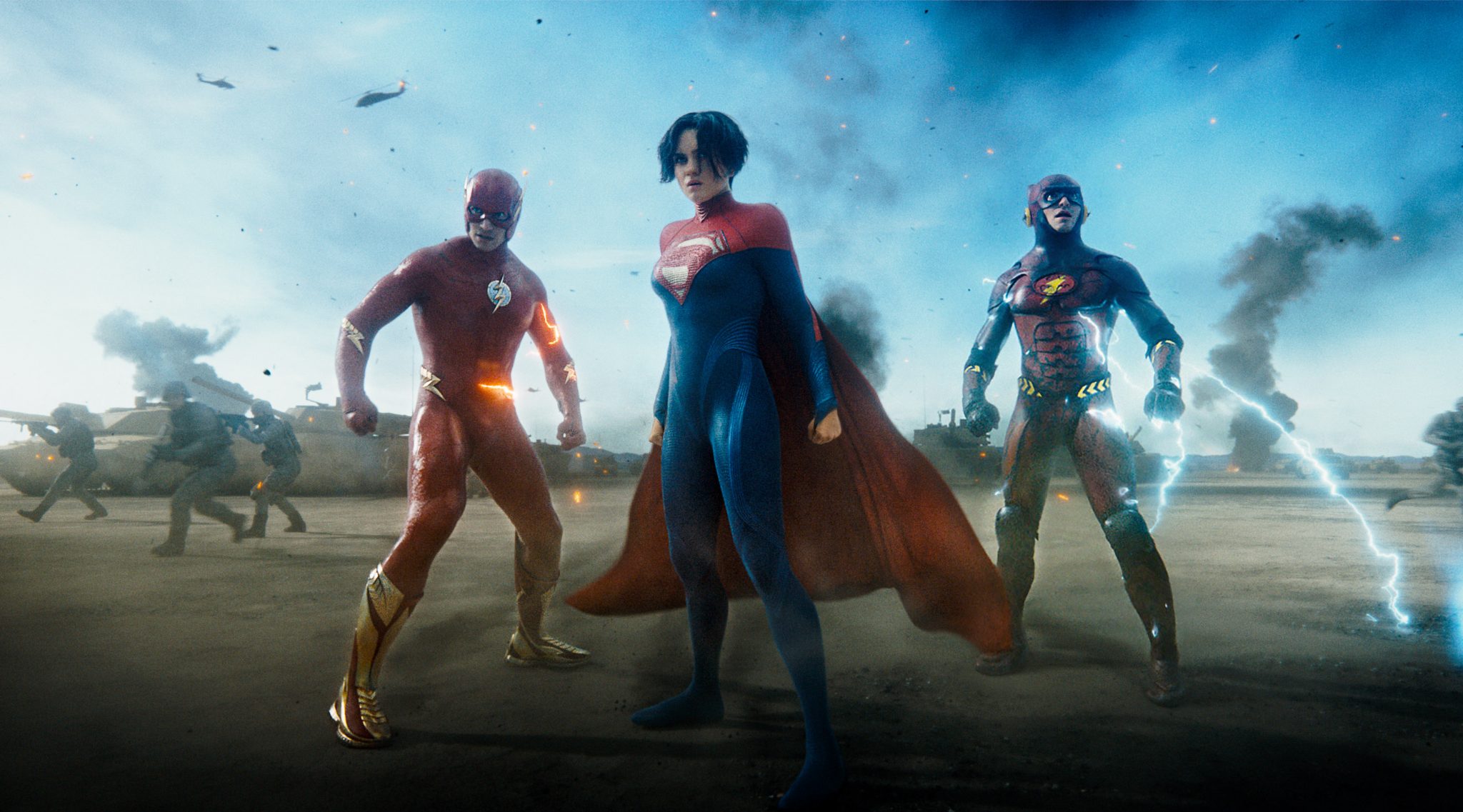
One of Us’ work on The Flash involved the creation of a single 90-second shot that follows a dog, as he falls in slow motion from the window of a destroyed high-rise hospital building. During the 2326 frames, he fends off collisions from toys, towels, a bunch of flowers, a hug from mid-fall baby, and is ultimately rescued by the Flash in the nick of time.
There were more than fifty independent CG assets and more than ten separate FX simulations including CFX, fire, lightning, water, drool, cloth and even guacamole. The photoreal dog has 2,666,500 hairs, and the final comp script had 198 input read nodes and 3693 nodes.
The One of Us team who worked on this film, consisted of Robin Ashworth-Cape (Supervisor), George Butler (Line Producer), Sam Churchill (CG Supervisor), Catherine Mullan (Animation Supervisor), Chris Gill (Creature Supervisor), Cedric de la Forest Divonne (Animation Lead) and Luke Fisher.
What scenes were One of Us responsible for? How many shots did you complete and how did you achieve them?
One of Us was responsible for the closing credits sequence, which involved a comedic revisiting of the film’s opening scene from a different perspective. It is a single, 2000-plus-frame shot, that follows a Therapy Dog, as he plummets from a collapsing high rise hospital building, ultimately to be rescued by the hero of the film. As he falls, he is surrounded by a chaotic scene of falling glass, burning debris, hospital equipment, and newly-born babies. The idea was to create an organised chaos, syncing the action to the audio of OK Go’s “This Too Shall Pass” while the above-the-line credits appear on screen.
In completing this project, we leveraged One of Us’ talented animation, FX, lighting, creatures, and compositing teams and worked closely with the client to achieve the final product.
What was the biggest challenge of the process? What was the most difficult VFX sequence in this project?
The biggest challenge was managing the length of the shot and maintaining consistency and character of the Therapy Dog throughout the whole frame-range. Since it was a long, unbroken take, any creative changes, or issues with renders or simulations might require significant adjustments up and down stream. Sometimes, this could mean starting from scratch or a full re-simulation. This, coupled with heavy render times, added to the complexity of the project. Some of the most difficult effects to achieve were the simulation of the dog’s fur, and the secondary passes for skin dynamics, flapping ears and gums.
Were there any particular pieces of instruction that stood out to you when achieving the VFX style?
One of the key aspects the director wanted to capture was the feeling of organised chaos – and that the shot had to be funny. Our Therapy Dog was to be constantly bombarded, and in motion. Timing key moments to particular beats in the music was important, as was matching the look and feel of characters and objects to the rest of the film for continuity.
Were there any visual inspirations for the project?
We drew heavily on the existing visual language of the film – there were some characters that needed to match what had appeared earlier in the film, and the scene needed to be instantly recognisable. For the Therapy Dog, we were aiming for a slightly exaggerated and more expressive version of the actual dog that appeared in the opening sequence.
How did your approach differ from other One of Us projects you’ve worked on?
This project had a unique challenge in terms of the length and complexity of the shot. Typically, a show will consist of multiple sequences comprising of multiple shots, perhaps 50, to 150 frames in length each on average. This show, being a single massive shot, meant having to take a different approach to show management – milestones are often measured in number of shots completed, but this project meant having to track progress on some harder-to-quanitfy metrics, and locking-off portions of the shot in stages.
What is your favourite piece of VFX in this project?
It has to be the Therapy Dog, our hero-character. He is just so expressive, it works really well. You just want to reach out and pet him.

